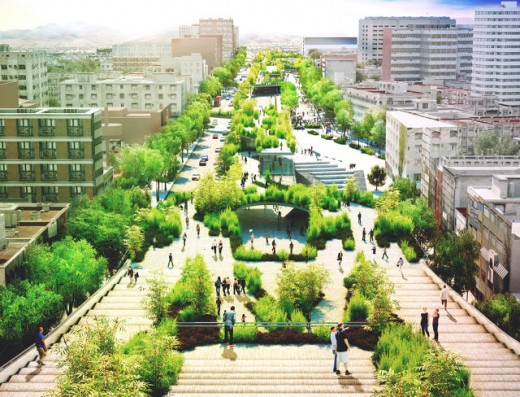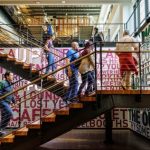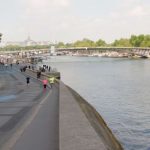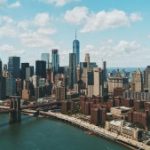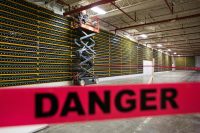In Mexico metropolis, a 10-Lane freeway is turning right into a Park
Flipping the priorities of who owns the road and reconnecting divided neighborhoods.
September 21, 2015
chopping through downtown Mexico city, Chapultepec Avenue splits part of town in two. With 10 lanes of chaotic visitors, it’s laborious to move the street, exhausting to bike, and in most cases no longer a spot where folks wish to spend time.
but now it’s being reinvented as a park. At street degree, lots of the highway might be closed to vehicles, with a large, tree-coated promenade, new lanes introduced for cyclists, skaters, people in wheelchairs, and strollers. New pedestrian crossings add shortcuts to local subway and bus traces. On high of the street, a new platform will extend the park and colour the folks under. it’ll appear a bit like New York city’s high Line.
“nowadays, the street is a turmoil of sidewalks in terrible shape, filled with industrial and meals stalls, damaged floors, storage ramps, and many others.,” says Fernando Romero, founding father of FR-EE, the lead architecture firm for the remodel. “The meals stalls throw waste on the bottom, so it stinks and is dirty. it is pretty much an journey for the heaps of people who walk daily there. Pedestrians use the bike lane, which is extra open, and so cyclists have a troublesome time as neatly.”
the new promenade will deliver together Zona Rosa and Condesa-Roma, two neighborhoods which might be disconnected through the present highway. “The avenue works today as a barrier between each side,” Romero says. “Our mission will trigger an interaction between them by means of setting up stable and interesting crossovers.” That new connection will even make it more likely that neighbors can walk—or easily make it to public transportation—in the event that they need to make it to any other part of town.
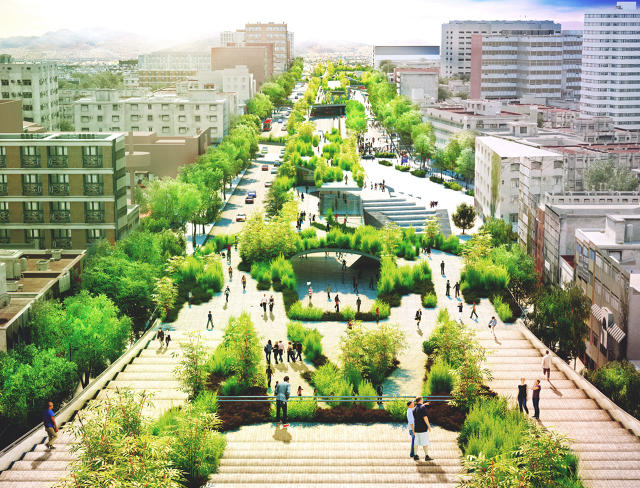
The design may also flip priorities on the road: lately, cars get almost 90% of the road area. After the highway is redeveloped, cars will have 30% of the gap, and pedestrians 70%.
For the designers, it can be a method to deliver the street again to its original status as a lab for city experimentation—Aztecs constructed a ancient aqueduct alongside the highway to convey water to Mexico city in the 1400s, the primary electrical streetcar in Mexico was constructed on the road in 1900, and the first subway in the 1960s.
the new park is designed to run on solar power, the decks and made out of recycled plastic, and the native, native plants will likely be watered with recycled rainwater. The vegetation and shading are additionally designed to chop the urban warmth island impact.
it should function thought for other elements of Mexico. “not best in other parts of town, however even in other places in the country,” Romero says. “that is the most important infrastructure challenge of the current mayor.”
[All Images: FR-EE/Fernando Romero Enterprise]
fast company , read Full Story
(233)

